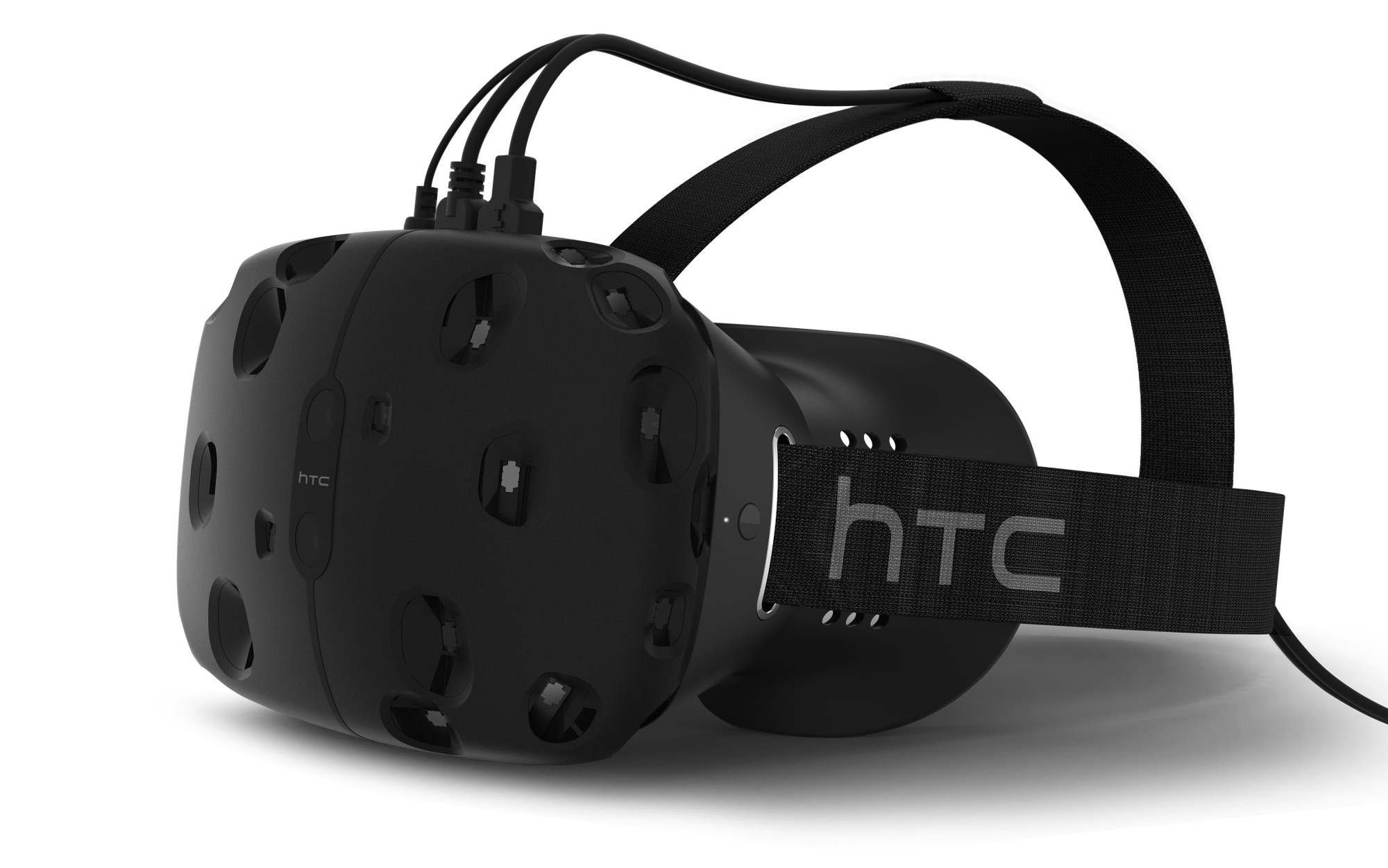
iFixit recently tore apart HTC’s VR headset the Vive to check out what’s behind one of the most advanced pieces of VR technology available to consumers today. Along the way, the site compared the Vive’s internal hardware to the Oculus Rift, which it also recently tore down.
For the most part, the site noted that the Vive’s specs compared favourably or identically to the consumer version of the Oculus Rift. There were some notable differences, however, in the internal operations of the equipment – for instance in how the sensors function.
The Vive includes 32 individual sensors, which work in concert with two Lighthouse infrared (IR) light emitters to enable 360-degree headset tracking. The sensors take in IR light emitted from the Lighthouse bases as they sweep the room and send that information to a connected PC which calculates its orientation within the space.
This method of operation, stated iFixit, is very different from the one employed by the Oculus device. With the Rift, a desk-mounted camera tracks the IR emitters in the headset, while in the Vive, the headset sees light from the mounted IR emitters without actually tracking its location.
The other big feature that differentiates the two headsets is that the Vive uses contoured Fresnel lens that appear to be uniform, while the Rift utilizes hybrid Fresnel lenses with a non-uniform contour, allowing the focus to vary along the vertical axis of the lens.
This affects how each device focuses. The Rift can be focused just by pushing the headset higher or lower on their face, while the Vive uses a system of cogs to move the lens toward and away from the eye to focus.
Related reading: iPhone users of the HTC Vive can now receive calls and text messages in VR
[source]iFixit[/source]
MobileSyrup may earn a commission from purchases made via our links, which helps fund the journalism we provide free on our website. These links do not influence our editorial content. Support us here.


